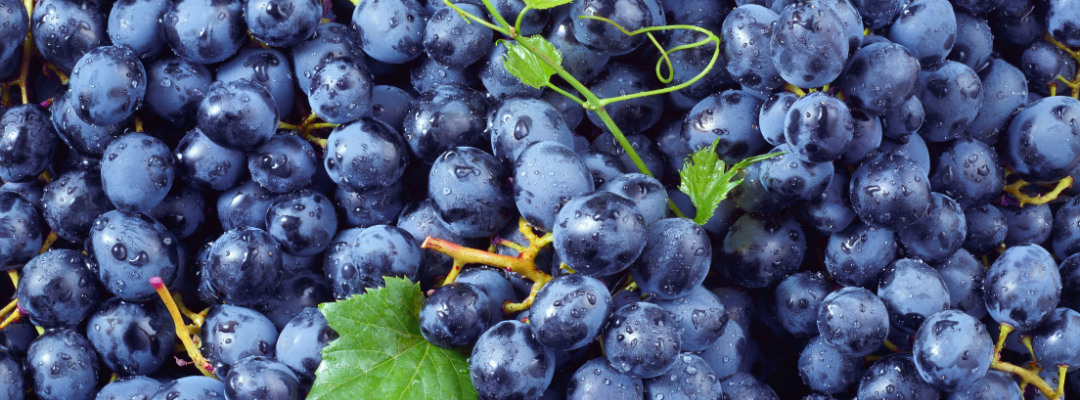Rainfall distribution throughout the growing season is of particular importance to rainfed farming systems. For instance, significant variations in forage yields are associated with changes in annual precipitation patterns. To protect against uncertain precipitation levels, livestock and forage producers have adopted climate risk management strategies that include short- and long-term adjustments in forage supply and demand, and the adoption of weather-related crop insurance programs.
The Pasture, Rangeland, Forage (PRF) is a pilot insurance program created in 2007 as a tool to mitigate the risk of forage loss associated with the lack of precipitation. Compared to traditional crop insurance options, the PRF program is an index-based insurance, in which indemnity payments are not based on actual precipitation or forage production, but on projected deviations from historical precipitation levels. Currently, the PRF insurance program is available in 48 states, and is one of the top crop insurance programs in the country in terms of the number of acres enrolled (Figure 1). Since its launch, the number of participating acres in the PRF program has increased by 771% from 24.5M acres in 2007 to 247.8M acres in 2022. This rapid growth could be attributed to the reduced number of insurance options for forage producers, changes in program provisions, and severe drought conditions observed during this period. In contrast, 10.8M cotton acres, 36.6M wheat acres, 78.9M soybeans acres, and 83.0M corn acres were enrolled in different crop insurance programs in 2021.
Figure 1. Insured Acres by Selected Crops

Texas, Arizona, Nevada, New Mexico, and Utah are the top participating states in the PRF insurance program (Figure 2). In 2022, these five states represent about two-thirds or 63.7% of all participating acres in the country. Namely, 34.7M acres are enrolled in Texas, 36.5M acres in Arizona, 37.9M acres in Nevada, 27.0M acres in New Mexico, and 21.8M acres in Utah. As rainfall uncertainty intensifies, participating in the PRF program could be an effective strategy for livestock and forage producers to mitigate production risk and to increase farm income.
Figure 2. PRF Insured Acres by State

Zapata, Samuel. “Increased Participation in Weather-Related Crop Insurance Program“. Southern Ag Today 2(24.3). June 8, 2022. Permalink


